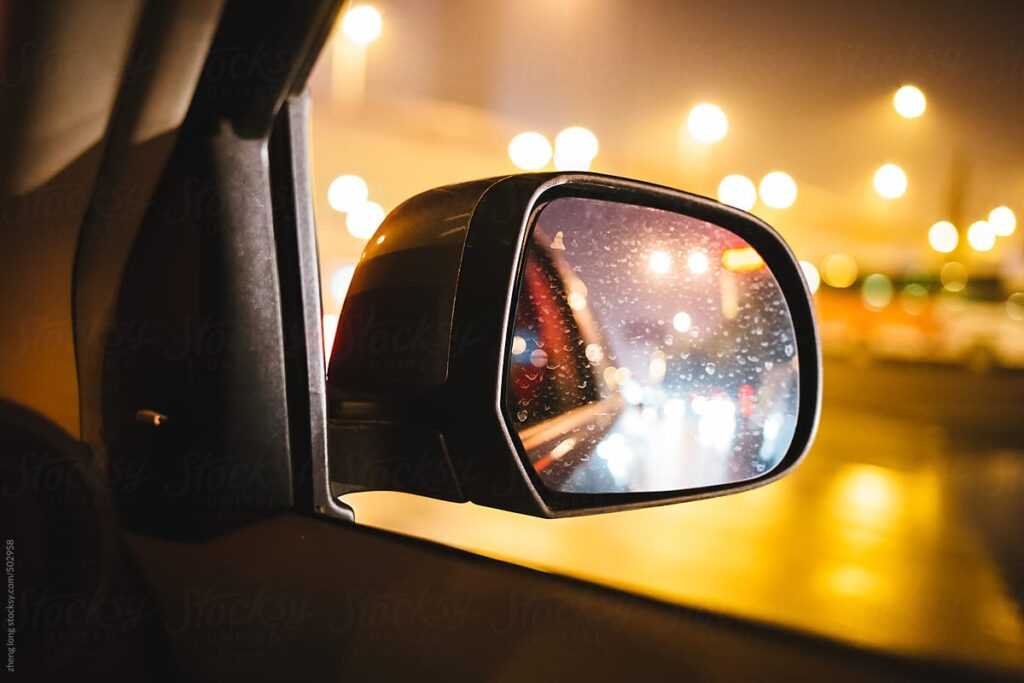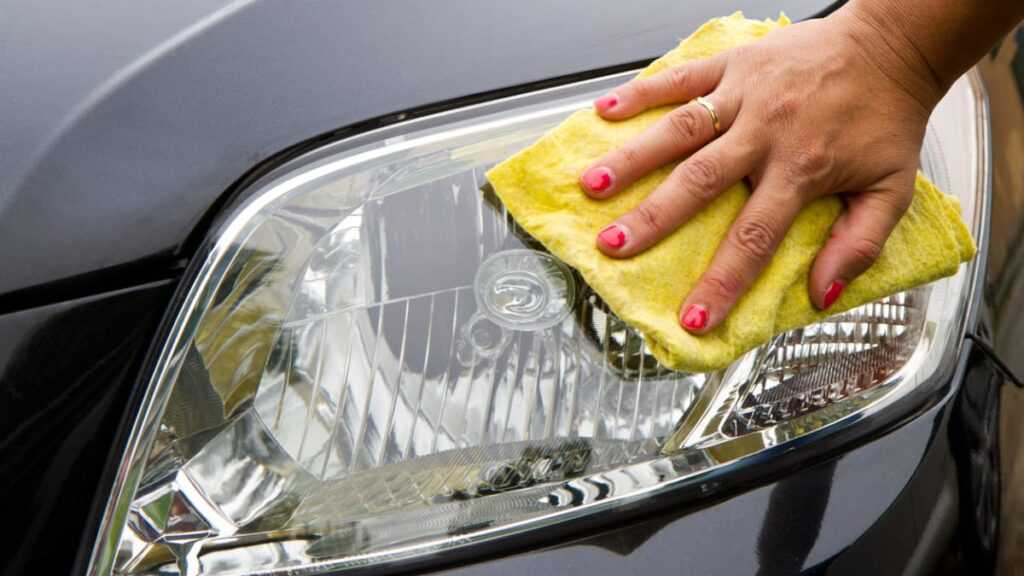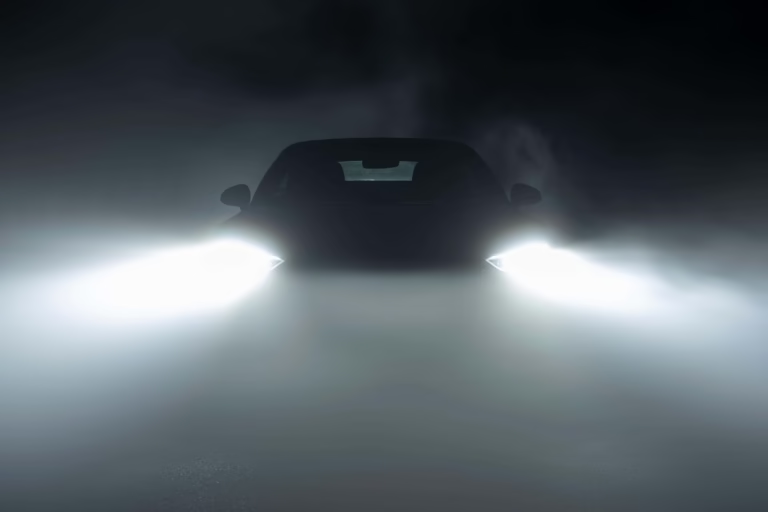We all have encountered the strong headlights of an approaching car while driving. This lighting creates total blindness while also acting as a major distraction that could potentially become dangerous. Many car drivers ask how they can minimize the glare of the headlights when cars approach. Driving at night time is a common situation that turns both the experience and its safety conditions dangerous. The following methods work effectively to manage this situation easily.
Ways to Avoid Glare from the Headlights of an Approaching Car
Now, let’s discuss 10 proven ways, according to experts, to reduce or completely avoid glare from the headlights of an approaching car.
1. Adjust Your Rearview Mirror
Today’s cars have an automatic dimming feature that detects excessive backlights from following vehicles. Manual adjustment of your rearview mirror notwithstanding, your visibility can improve when headlights approach. The correct position for your rearview mirror should be with a slight tilt to counteract direct reflection during nighttime driving in dark conditions.

2. Use Your Sun Visor
Although sun visors are thought to be for daytime sun, they can also be as useful during the night for dealing with headlight glare. If you can see that they are coming from a particular angle, you can even adjust the sun visor upside down to block some of that light.
However, it’s important to note that this should be done with caution, as it can potentially block your view of the road. This is a simple trick that, when used correctly, will help!
3. Keep Your Windshield Clean
Most drivers fail to notice that a dirty windshield causes light to scatter, thus worsening headlight glare. Regularly remove dirt both inside and outside your windshield, leading into nighttime journeys. Keeping your windscreen free of dirt will provide an unhampered view of the road while simultaneously decreasing the brightness of approaching headlights.
4. Avoid Staring Directly at the Lights
When you want to find out the distance of an oncoming car, it lures you to look straight at the headlights. But that may compound the problem. Instead, pay attention to the lower part of the road or the lines of your lane. With this, your eyes adjust, and it can help prevent you from getting blinded by the glare.
5. Switch to Anti-Glare Glasses
When it comes to avoiding glare from the headlights of an approaching car, how can you forget anti-glare glasses? Anti-glare driving glasses are transformational tools for individuals who struggle with bright light sensitivity. These glasses feature special filters that block blue light, which causes most of the glare effects during nighttime driving. These glasses can be found at various eyewear stores, so you should test them to enhance your driving comfort.

6. Dim Your Dashboard Lights
Too bright dashboard illumination makes it difficult for your eyes to adapt to the dark environment outside. Dimming your dashboard lights improves your vision, and oncoming headlights become less intense because this reduces the interior lighting contrast with the outside view.
7. Use Your High Beams Wisely
High beams serve as excellent night-time visibility tools, yet their improper usage may worsen the glare of other drivers. You should turn off your high beam headlights when getting close to other vehicles to prevent blinding their driver. High beam usage should be responsible for empty roads, and drivers should turn off high beams when they spot approaching vehicles.
8. Clean Your Headlights
Car headlights develop cloudiness and fogging over time because of oxidation and the accumulation of dust and debris. This condition degrades headlight clarity, producing more glare for other drivers. Periodically cleaning and restoring your headlights will decrease nighttime driving glare.

9. Tilt Your Headlights Properly
Highly positioned headlights create excessive glare, which affects other drivers on the road. Properly aligned headlights help you prevent blinding other drivers. Your vehicle enables you to modify the brightness of your headlights, which you can learn about by consulting your manual for assistance. A minor downward adjustment of headlights will significantly decrease glare for other drivers.
10. Consider Special Anti-Glare Window Film
When glare persists as a driving problem, consider installing an anti-glare window film on your windshield. This film dims outside light so drivers can see better during nighttime driving. The long-term solution for serious glare problems during driving comes with a higher price but offers lasting relief.
Also Read: Mastering the Art of Backing Around a Corner: Expert Tips
Conclusion
Driving with the headlights of oncoming vehicles creates challenges that multiple strategies exist to mitigate. Car owners who perform basic mirror positioning adjustments and employ anti-glare glasses and clean headlights will experience dramatically safer and more enjoyable driving conditions at night. Using these recommended methods will boost your confidence throughout all dark driving situations and avoid glare from the headlights of an approaching car.
If you’re interested in perfecting your driving skills or simply want to promote safety on the road, we are here to help you! Best Driving School provides you with exceptional services that will turn you into a confident and responsible driver. Whether you are a beginner who wants to learn or an expert who wants to work on their late-night driving skills, we are here for you. Check out “Best Driving School” and register to get a program designed especially for you, and take your first step towards safer driving.














